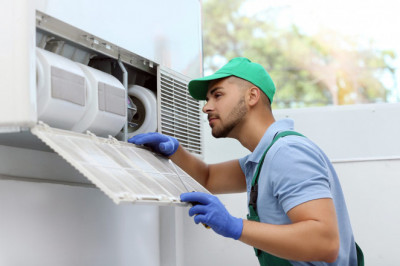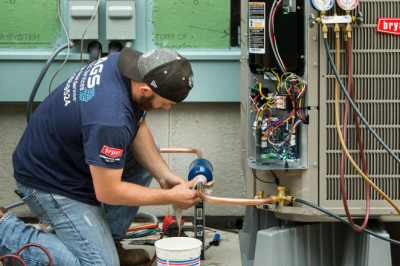views

Factors for juvenile delinquency | Acemyhomework Writers
Introduction
A juvenile is defined as one who is under the age of 18. Therefore,
juvenile delinquency refers to the criminal or antisocial activity
carried out by a child below 18 years and these acts are often in
violation of the law (Burfeind & Bartusch, 2015). Accordingly, some
of these felonies or offences include homicide, sexual crimes, property
and drug violations and violent crimes. The commission of these acts are
done in groups compared to individuals. Globally, the number of crimes
carried out by juveniles has been on the increase in the past and recent
years. The center for criminal disease indicated that the number of
juveniles involved in criminal acts amounted to 22.5% of the total
property crimes in 2010. The number of juveniles arrested for murder was
784, forcible rape was 2198 while for assault was 35,000 in the same
year. In the past years, there have been academic and public interest in
mental health and criminality and there has been a major focus on the
adolescents’ and children’ antisocial behaviours. The scale of the
juvenile delinquency problem has led to a series of mixed responses from
the media and governments all over the globe. This has prompted the
calling for support and rehabilitation for juvenile offenders in order
to successfully integrate them into the community. To this end, this
paper aims at providing a comprehensive explanation of the factors
leading to juvenile delinquency, and the appropriate methods of
prevention of these acts.
Factors for delinquency
These factors are grouped into mainly risk and protective factors.
i. Risk factors
The risk factors are divided into individual, family, community, peer
and social risk factors. Firstly, the individual risk factors include
learning disorder, attention deficit hyperactivity disorder, low
intelligence quotient, violent discrimination and drug abuse. Secondly,
the family factors include negligent, permissive and authoritarian
parenting styles, low income for parents, harsh disciplinary methods and
poor teen monitoring. Thirdly, the community risk factors include but
are not limited to minimized economic opportunities poor participation
in the community and neighbors that are socially disorganized. The
fourth risk factor is that of social and peer factors and it dictates
the relationship of delinquent peers, involvement in gangs, media
violence exposure and poor school commitment that translates to poor
performance in academics (Shoemaker, 2017). Apparently, male adolescents
have a higher chance of becoming offenders compared to the females. On
the same note, the youth from poor backgrounds have more chances of
involvement in criminal activities.
ii. Protective factors
The protective and individual factors are interconnected. Individual
factors including good performances in academics, good social skills,
religiosity, high intelligence quotient are connected to being connected
to parents and the style of parenting. Additional factors include
efficient monitoring, good strategies of coping, and solving of
problems. Social and peer factors are connected to commitment in
schools, strong relation among peers and the involvement in pro-social
issues (Shoemaker, 2017).
Preventing juvenile delinquency
There have been different studies that have proposed ways of preventing
juvenile delinquency and the approach of the development of the youth in
a positive aspect has been a major issue that has been raised. Another
model lays emphasis on the six main domains including work, education,
community, relationships, creativity and health. Each and every youth
requires a sense of attachment and belonging, in order to fully
understand and integrate well in the parameters provided by the
community (Ryan, Williams & Courtney, 2013). A community and school
programme can also be important in the efforts aimed at engaging
adolescents in a constructive and productive manner. these programs are
also important in the recognition, utilization and enhancement of the
strengths of the adolescents and the promotion of positive results for
the young people. this is attained through the provision of
opportunities, fostering relationships that are beneficial and improving
their support that they need in order to enhance their business
strengths. The means of tackling these types of offences does not
involve only incarceration or preventive efforts for this specific
group. An alternative approach is that of restorative justice which is
part of the criminal justice. Restorative justice involves a process in
which all parties having a stake in a particular issue or offence join
or team up and determine collectively on how to deal with the offence
and its subsequent implications for the future. The offender works
closely with the social workers and takes the necessary steps in efforts
aimed at reconciliation, provision of remedial assistance and
reparation of damages (Thompson & Bynum, J. E. (2016). In case there
is a resolution, perpetuation of offence or imprisonment is capable of
being avoided. These methods have led to a decline in recidivism amongst
juveniles by 50%. The ineffective methods include but are not limited
to traditional psychotherapy, modification of behaviour, boot camp and
extension of incarceration. However, each programme aimed at prevention
should be socially and culturally consistent and appropriate.
Conclusion
This paper clearly shows that youth delinquency has become a major
problem and it is a growing concern. Many young criminal offenders are
victims with their needs, which leads to an approach that needs
balancing of justice and welfare models. Regardless, there are
inadequate specialists’ workforce and legal frameworks to handle these
issues.
© 2019 Acemyhomework Writers - WordPress Theme by Kadence WP













